Dreams are weird enough all on their own. So the idea that technology could be used to influence your dreams seems like it could produce even stranger results. Now, researchers from MIT are developing a system that could do just that.
A team of scientists at MIT Media Lab’s Fluid Interfaces group has come up with a way to monitor one’s sleep cycle and to induce thoughts using a method called Targeted Dream Incubation or TDI. The technique involves the use of a hand-worn sleep tracking device that monitors the subject’s heart rate, skin conductivity, and the position of their fingers to determine when they have entered an early sleep state called hypnagogia. Working in concert with an app, the system delivers audio cues to the subject, then wakes the sleeper with prompts to record what they remembered in a journal.

Photo by Andrea Piacquadio from .
In their study of 25 participants, the researchers found that 67% of their dream reports mentioned some obvious incorporation of the suggestion. Take the example of the word “tree.” The dream journals included descriptions of a tree-shaped car, a shaman sitting beneath a tree, and images of trees splitting into pieces. We’re clearly not talking about the kind of detailed world-building depicted in Christopher Nolan’s Inception, but the technique could be used to help inspire creative brainstorming sessions on a particular topic or to help redirect stressful dreams in a more positive direction.
You can find more detail on the dream manipulation research study and its possibilities over on Live Science and the MIT Media Lab website.
[via adafruit blog]
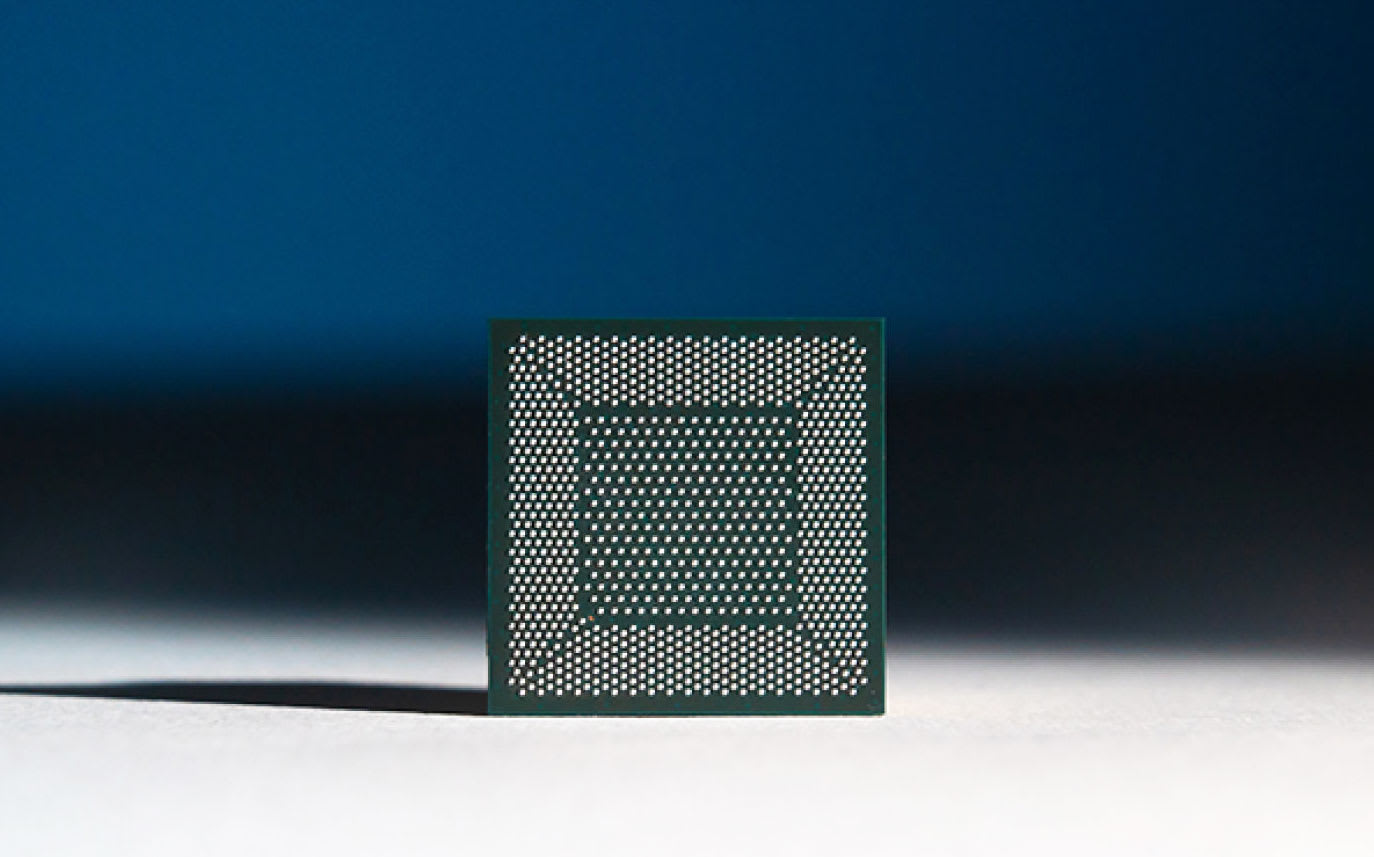 Of all the senses, scent is a particularly difficult one to teach AI, but that doesn't stop researchers from trying. Most recently, researchers from Intel and Cornell University trained a neuromorphic chip to learn and recognize the scents of 10 haza...
Of all the senses, scent is a particularly difficult one to teach AI, but that doesn't stop researchers from trying. Most recently, researchers from Intel and Cornell University trained a neuromorphic chip to learn and recognize the scents of 10 haza...
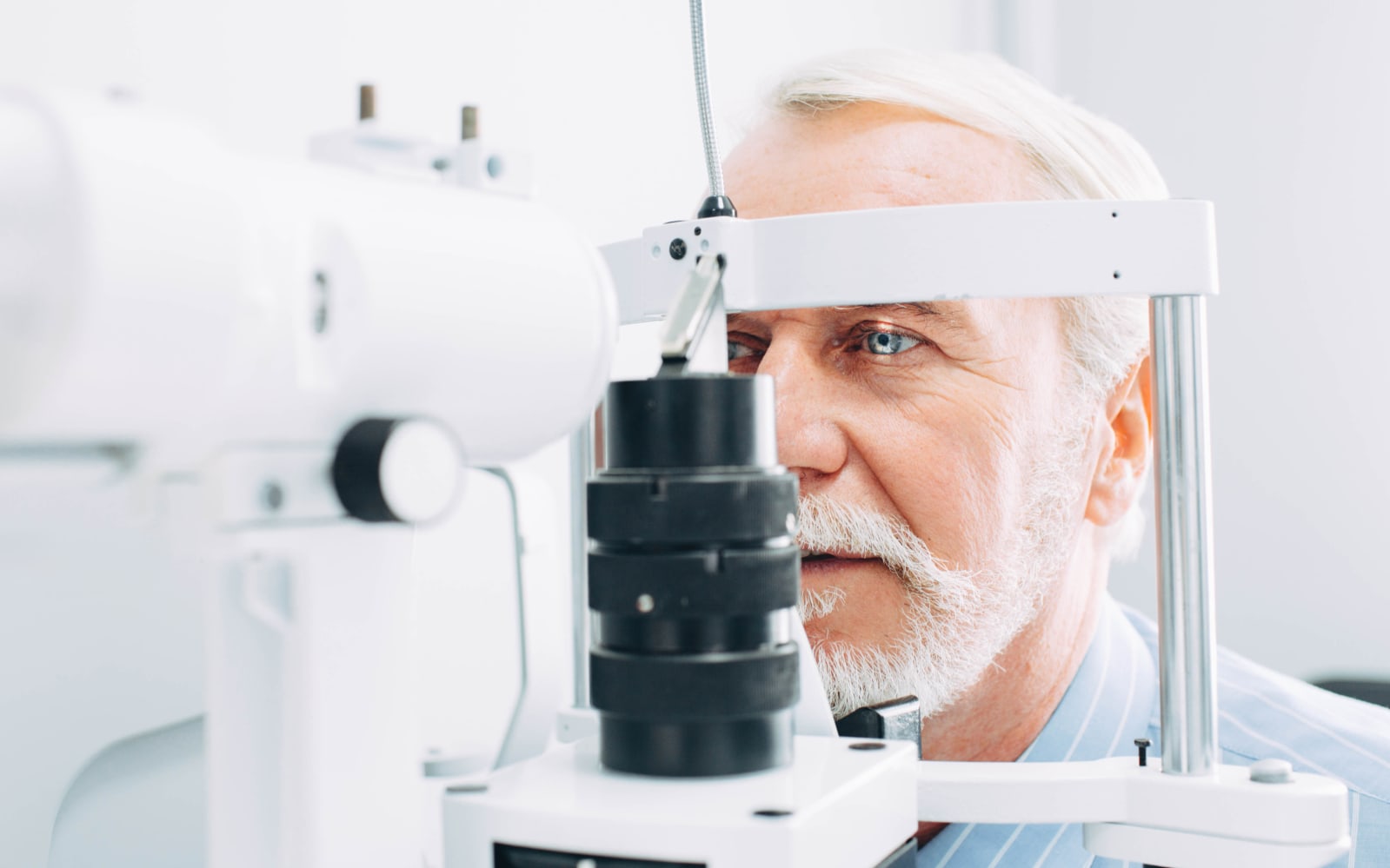 For decades, doctors have used eye movement to quickly triage brain health, as eye movement patterns can point to conditions like concussion or stroke. Now, C. Light Technologies, a neurotech and AI company that grew out of the Berkeley Skydeck accel...
For decades, doctors have used eye movement to quickly triage brain health, as eye movement patterns can point to conditions like concussion or stroke. Now, C. Light Technologies, a neurotech and AI company that grew out of the Berkeley Skydeck accel...
 In 2015, Ninja Theory released Hellblade: Senua's Sacrifice, a journey through the mind of the Celtic warrior Senua as she faced anxiety, depression, hallucinations and delusions. The Microsoft-owned studio took careful steps to respect people suffer...
In 2015, Ninja Theory released Hellblade: Senua's Sacrifice, a journey through the mind of the Celtic warrior Senua as she faced anxiety, depression, hallucinations and delusions. The Microsoft-owned studio took careful steps to respect people suffer...
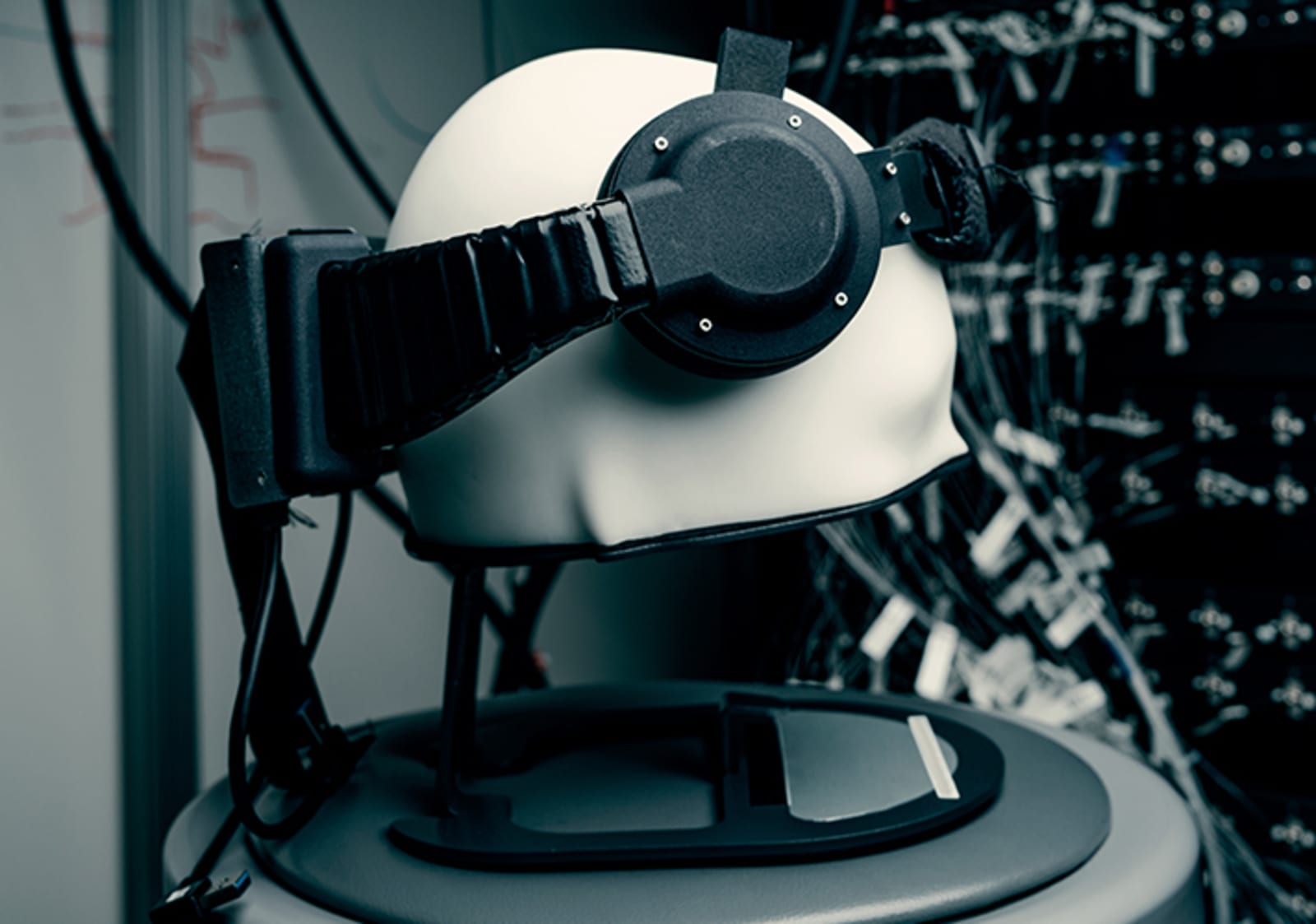 Elon Musk isn't the only one who wants us to communicate via brainwaves. Facebook also has ambitious plans to interface with computers using wearables and one day let us type rapidly with our brains. Now, neuroscientists from the University of Califo...
Elon Musk isn't the only one who wants us to communicate via brainwaves. Facebook also has ambitious plans to interface with computers using wearables and one day let us type rapidly with our brains. Now, neuroscientists from the University of Califo...
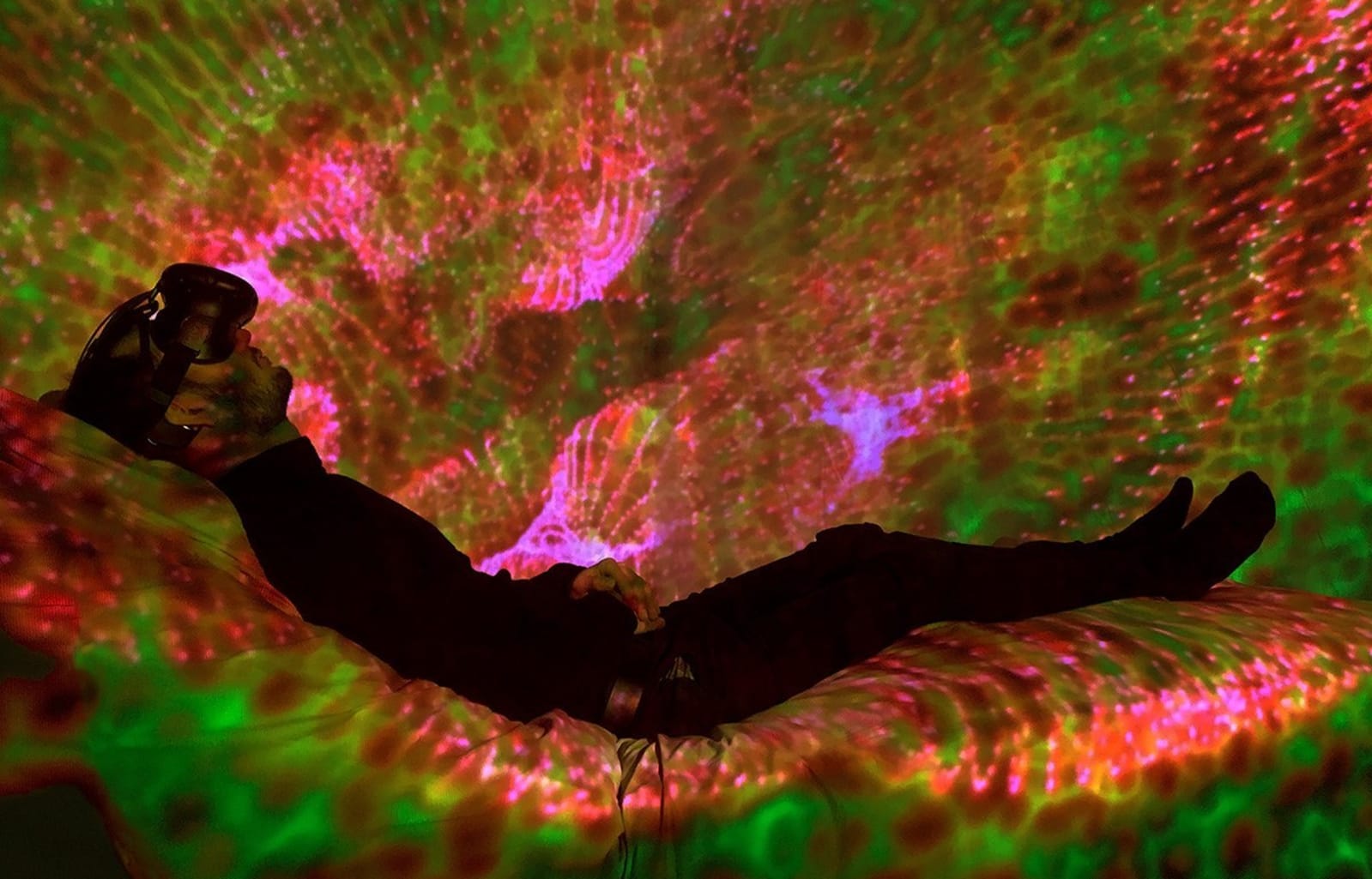 By most accounts, technology wreaks havoc on our sleep. Even tools meant to help us sleep better can make insomnia worse. But sleep and tech don't have to be mutually exclusive. Artists and researchers from Royal Melbourne Institute of Technology (RM...
By most accounts, technology wreaks havoc on our sleep. Even tools meant to help us sleep better can make insomnia worse. But sleep and tech don't have to be mutually exclusive. Artists and researchers from Royal Melbourne Institute of Technology (RM...
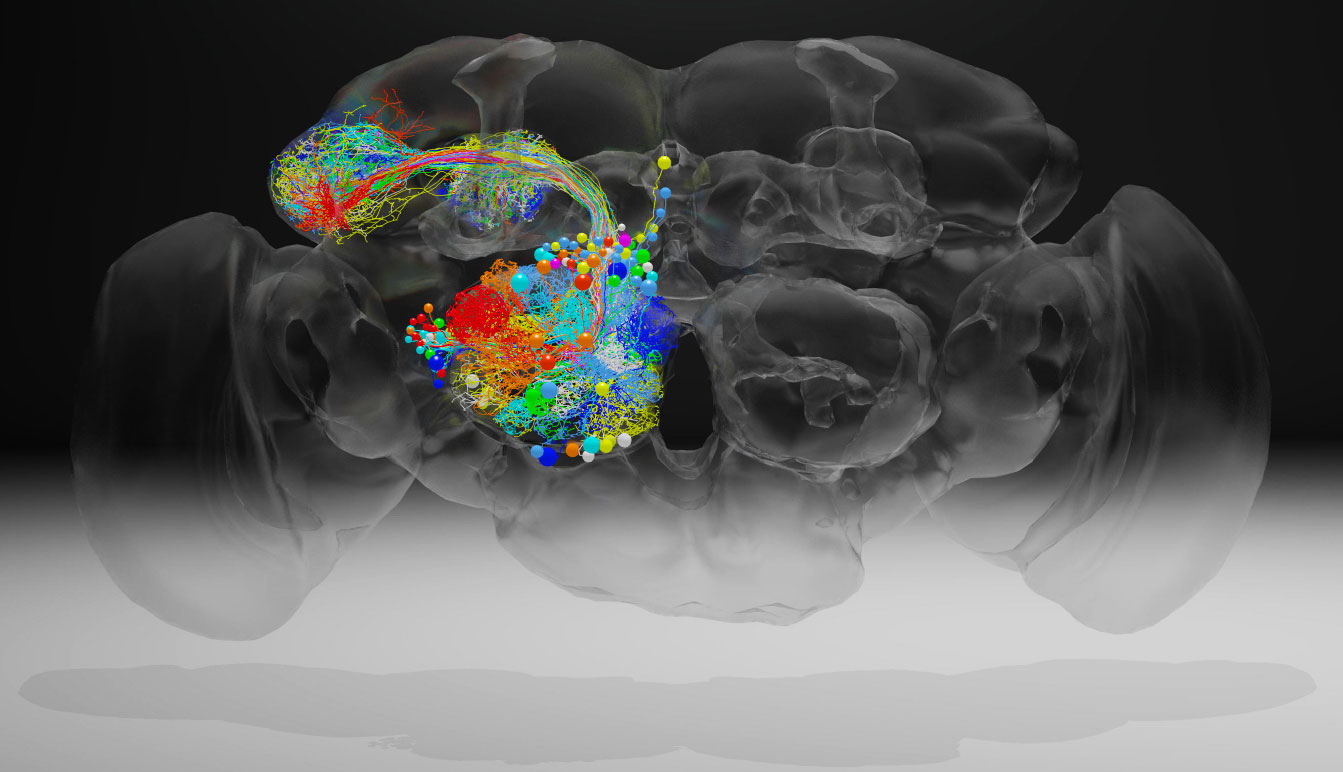 Scientists have created a high-resolution image of a fruit fly brain that will let researchers trace the connections of neurons throughout the brain. A team at the Howard Hughes Medical Institute's Janelia Research Campus led the work, which was rece...
Scientists have created a high-resolution image of a fruit fly brain that will let researchers trace the connections of neurons throughout the brain. A team at the Howard Hughes Medical Institute's Janelia Research Campus led the work, which was rece...
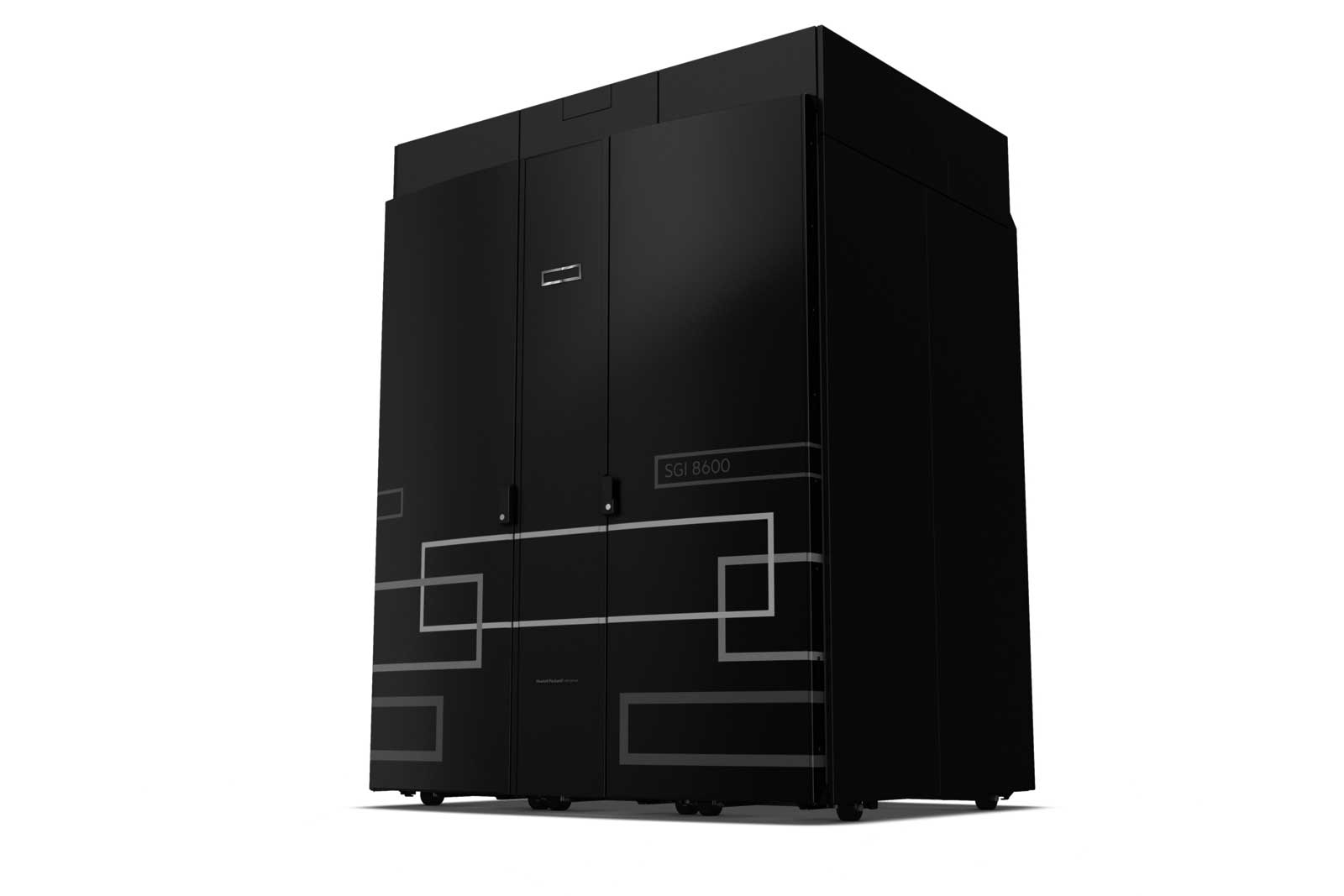 Scientists are about to get a serious assist in their quest to simulate brains. HPE has deployed Blue Brain 5, a supercomputer dedicated to simulations and reconstructions of mammalian brains as part of the École Polytechnique Féd&eacu...
Scientists are about to get a serious assist in their quest to simulate brains. HPE has deployed Blue Brain 5, a supercomputer dedicated to simulations and reconstructions of mammalian brains as part of the École Polytechnique Féd&eacu...
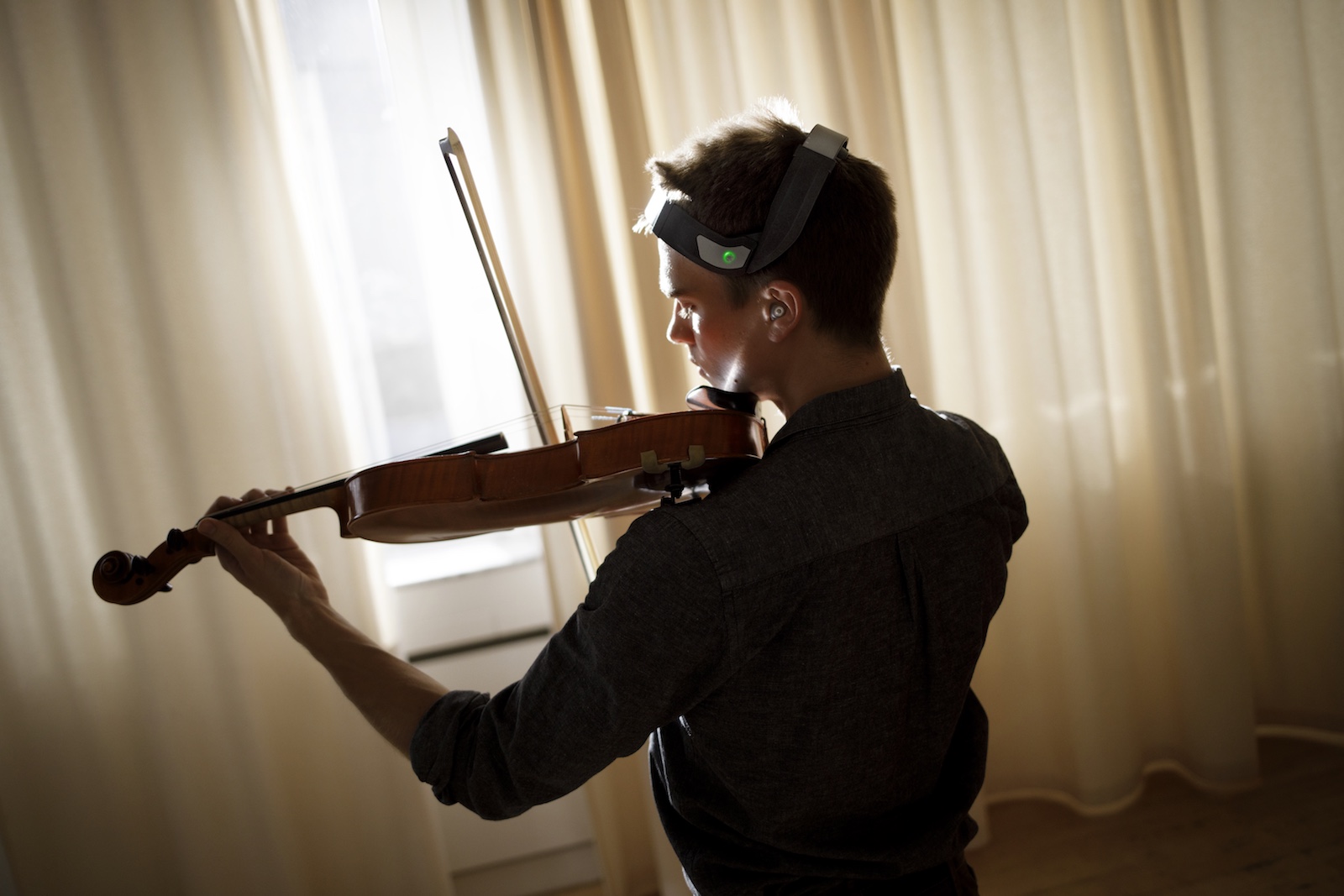 Squirt some conductive gel on your skin, place a lightweight headset on your noggin and, according to a number of companies at CES, there's barely a limit to the types of self-improvement you can achieve. You can improve your sleep or your athletic p...
Squirt some conductive gel on your skin, place a lightweight headset on your noggin and, according to a number of companies at CES, there's barely a limit to the types of self-improvement you can achieve. You can improve your sleep or your athletic p...